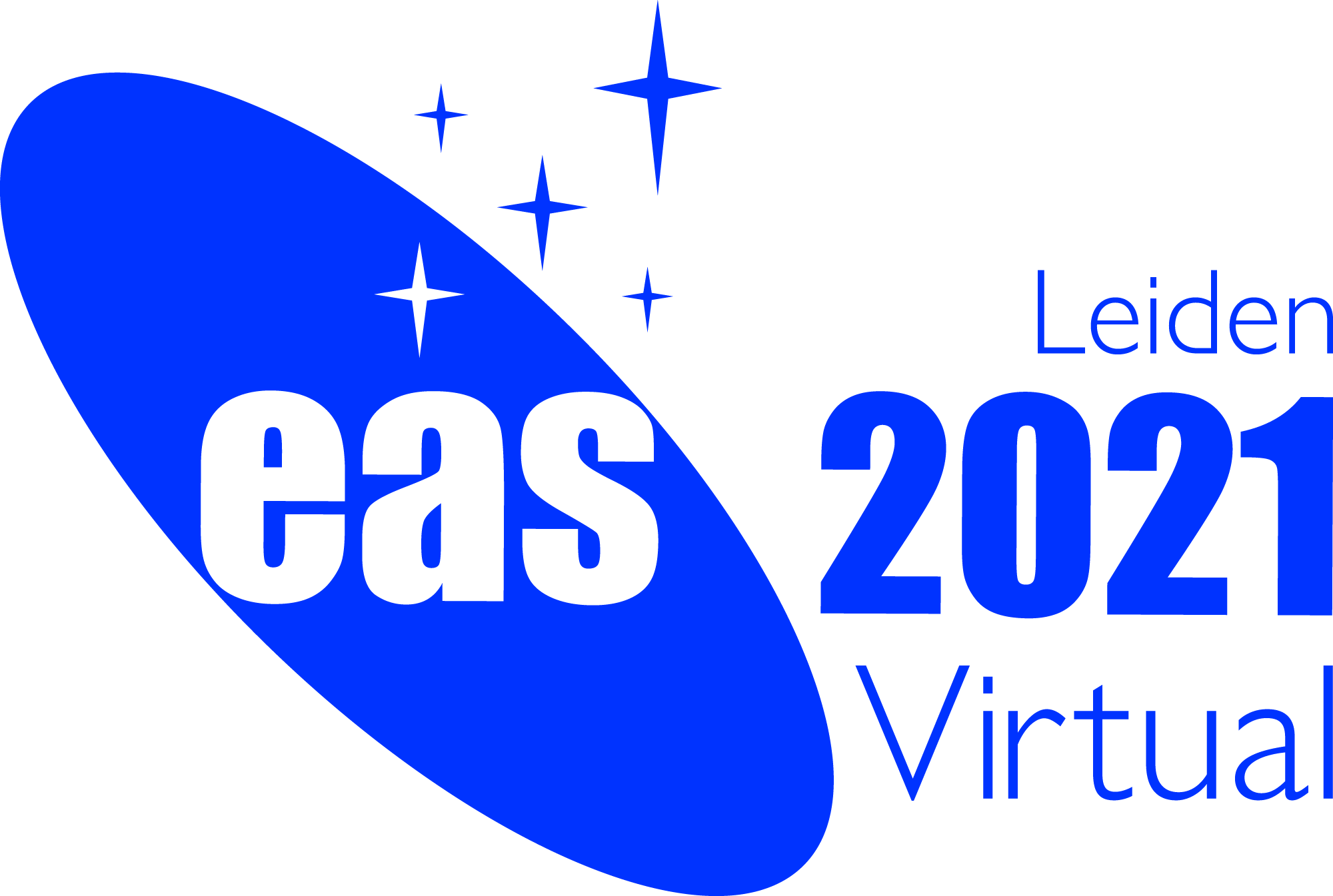Symposium S2
28-29 June 2021
Exploring the high-redshift Universe with ALMA

Aims and scope
The study of the highest-redshift galaxies and quasars is critical to our comprehension of how early galaxies helped shape the Universe as we see it today. In particular the properties of the interstellar medium (ISM) of these galaxies provide important clues towards understanding the complex interplay between the accretion of baryons onto galaxies, the physics that drives the buildup of stars out of this gas, the subsequent chemical evolution and feedback processes, and the reionization of the Universe. The Atacama Large Millimeter/submillimeter Array (ALMA) continues to play a fundamental, groundbreaking role in the characterisation of the ISM of high-redshift galaxies. Observations of the dust continuum emission, atomic fine-structure and molecular lines arising from high-redshift galaxies are now carried out routinely, providing ever more constraints on the theoretical models of galaxy formation and evolution in the early Universe. The aim of this symposium is to bring together the observational and theoretical high-redshift ALMA communities in order to discuss the most recent results in the rapidly evolving field of galaxies at redshift z~4 and above. This symposium also aims to explore future synergies between ALMA and the Extremely Large Telescope (ELT), one of the future flagships of European Astronomy, for high-redshift science.
Programme
- First galaxies - ALMA is ideally suited to probe the galaxies that first emerged out of the diffuse intergalactic medium. Observations of [CII] and [OIII] yield a census of these galaxies, yield gas masses and kinematics.
- ISM in the early Universe - Far-infrared lines such as [OI], [OIII], [NII], [CI] and [CII], combined with molecular lines and isotopologues, provide insights into the metallicity, content and conditions of the ISM, the complex structure and kinematics of the ISM and into gas outflows or interactions with the environments of the first galaxies during and after the epoch of reionization.
- Dust in the early Universe - The dust continuum emission of galaxies is now frequently observed out to redshifts beyond 8. Quantifying the importance of dust-obscured star formation at these redshifts, the temperature and emissivity index of the dust and, subsequently, the buildup of the dust mass in galaxies and their total infrared luminosity is the next challenge.
- Feeding and feedback at high redshift - Blue-shifted absorption of molecular lines and extended [CII] halos on scales of ~10 kpc provide evidence of (cold-mode) outflows in early galaxies, indicating that gas and metal mixing is already occurring in the very early Universe.
- ALMA as a high-redshift survey instrument - ALMA's unparalleled combination of high sensitivity, angular and spectral resolution have enabled a new era for the studies of the cold and distant Universe. Surveys are now becoming common and increasingly complemented by a wealth of data available through the ALMA archive.
- Synergies with current and future facilities - ELT will obtain structural parameters of high-redshift galaxies on the smallest scales. Possible ELT-ALMA synergies will elucidate issues like the fraction of star formation due to major/minor mergers versus accretion at high redshift or the possible mechanisms through which galaxies acquire their gas.
Invited speakers
- First galaxies: Stefano Carniani (Scuola Normale Superiore, Italy)
- ISM in the early Universe: Livia Vallini (Scuola Normale Superiore, Italy)
- Dust in the early Universe: Elisabete da Cunha (University of Western Australia)
- Feeding and Feedback at high redshift: Claudia Cicone (Institute of Theoretical Astrophysics, Norway)
- ALMA as a high-redshift survey instrument: Hanae Inami (Hiroshima Astrophysical Science Center)
- Synergies with current and future facilities: Mark Swinbank (Durham University)
Scientific organisers
- Paola Andreani
- Andy Biggs
- Remco van der Burg
- Gabriela Calistro Rivera
- Evanthia Hatziminaoglou (co-chair)
- Jacqueline Hodge
- Rob Ivison
- Eelco van Kampen
- Kirsten Knudsen
- Gergö Popping (co-chair)
- Renske Smit
- Martin Zwaan (co-chair)
Contact
ehatzimi @ eso.org, gpopping @ eso.org, mzwaan @ eso.org
Updated on Wed Feb 24 21:30:01 CET 2021
|

 A power cut will shut down all EAS services on Tuesday, 10 January 2017 starting at 7:30 CET.
A power cut will shut down all EAS services on Tuesday, 10 January 2017 starting at 7:30 CET.


